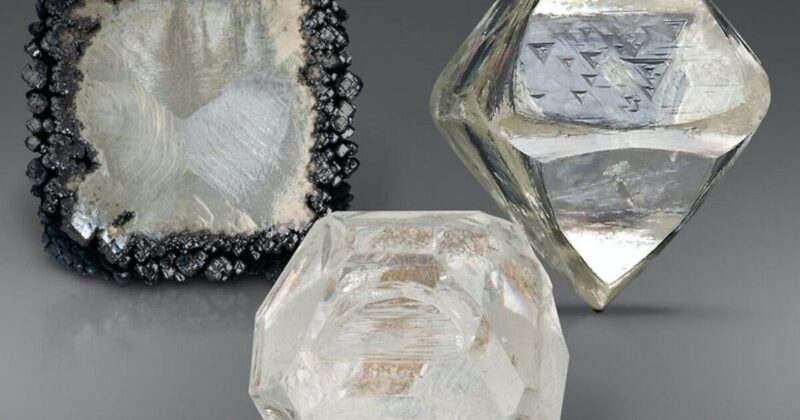The Natural Diamond Council (NDC) has published a report examining key developments in the laboratory-grown diamond sector focusing on trends in production, pricing, sustainability claims, and product disclosure, drawing on research from independent analysts Edahn Golan and Paul Zimnisky.
Production and Environmental Profile
The report states that more than 70% of laboratory-grown diamonds are mass-produced in factories in China and India, where coal remains a primary energy source.
The production processes—High-Pressure, High-Temperature (HPHT) and Chemical Vapour Deposition (CVD)—require sustained high temperatures of around 1,093°C and substantial volumes of water for cooling.
Pricing Trends and Margins
The report outlines a sharp and sustained decline in laboratory-grown diamond prices. A 1.5-carat stone priced at $10,750 in 2015 is now valued at $1,455, marking an 86% drop. Wholesale prices for a 1ct round, near-colourless, high-clarity laboratory-grown diamond have declined by 95% since 2018, while retail prices have fallen by 76% over the same period.
Despite falling prices, retail margins have increased significantly. According to the data, the average retail margin has risen from 46% to 84% over the past five years, representing an increase in average mark-up from 85% to over 500%.
Disclosure and Grading Developments
The report also highlights recent changes by the Gemological Institute of America (GIA), which will no longer apply its 4Cs grading system—originally developed for natural diamonds—to laboratory-grown diamonds. Instead, stones will be categorised as “premium” or “standard,” or left ungraded if quality is below a defined threshold. This shift is presented by the NDC as a measure to clarify the distinction between natural and laboratory-grown categories.
Sustainability and Market Claims
The report raises questions about sustainability claims frequently associated with laboratory-grown diamonds. NDC CEO David Kellie stated:
“Laboratory-grown diamonds are mass-produced in limitless quantities, but their sustainability claims often lack scrutiny. Our goal is to give consumers and other stakeholders a balanced picture that will inform more nuanced conversations and help consumers confidently make informed decisions.”
He further commented:
“This isn’t simply about pricing – it’s a wake-up call for greater clarity and integrity across all facets of the market.”
The NDC report notes that rapid growth in laboratory-grown diamond supply has been accompanied by a rise in marketing that, in the organisation’s view, may contribute to consumer confusion about product attributes and value.
Industry Context
As an industry body that promotes natural diamonds, the NDC’s perspective is positioned within that remit. Nonetheless, the pricing data, production analysis, and market developments presented in the report may be of interest to jewellers assessing inventory strategies, product differentiation, and consumer communications.




